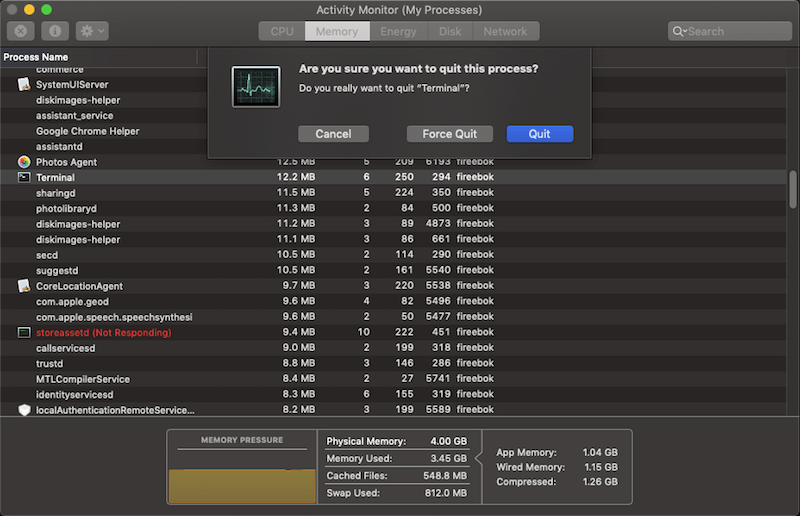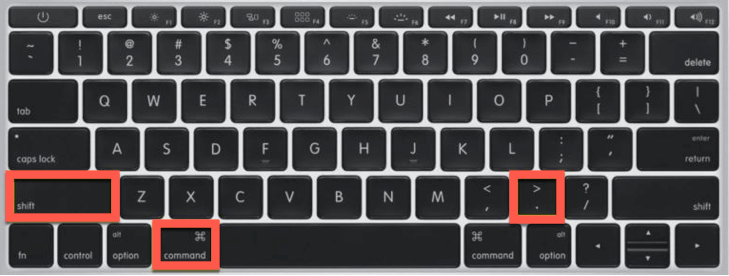

#REBUILD TRASH ON MAC EXTERNAL DRIVES PASSWORD#
After this is entered in the Terminal, you will be asked for your password (which will not be displayed) before the command is run.Ģ. Open the Terminal and run the following command. Additionally, these folders are hidden so we will access them using the Terminal.

Keep in mind that when you do this all files currently in the trash will be permanently deleted. Here are the ways to delete the respective "Trash" or "Trashes" folders. Once the folder has been identified, the best way to fix the problem is to delete it and have the system recreate it by logging out and logging back in or, in the case of the "Trashes" folder at the root of the drive, the folder is recreated when the drive is unmounted and mounted again. You cannot place a file into the trash (system wishes to delete it immediately): is the file in your home folder or Desktop? If so, the problem is with your "username/.Trash" folder however, if the file is on an external disk, then it is with the "Trashes" folder at the root of that drive. Problematic files stay around when you eject and unmount all but the boot drive? The problem is with your "username/.Trash" folder. Problematic files in the trash disappear when you eject a drive? The problem is with your "Trashes" folder at the root of that drive. To do this, compare your problem to the following scenarios: To tackle problems with the trash, the first thing to do is check which trash folder is being used for the files, since more than likely your inability to access the folder is causing the problem however, you need to know which folder it is. If a file appears in the trash when you attach an external drive, then it is in that drive's "Trashes" folder. This is true for internal and external drives, with the exception of networked drives (NAS or computer shares). If you have a file on the desktop and drag it to the trash, it will be moved to this folder.Īt the root of every drive is a "Trashes" folder that contains files on that drive that have been moved to the trash on a system that has used the drive. This folder contains files on the local boot disk that were thrown away by your user account.

The temporary folders that are used are the following (NOTE: These are hidden):
#REBUILD TRASH ON MAC EXTERNAL DRIVES SOFTWARE#
By default, the file's directory entry is only removed, and you may be able to retrieve it with third-party scanning software as long as the space on the drive containing the data is not overwritten however, using the option to secure-empty trash effectively cancels this capability and makes the deleted items irretrievable. The trash works by using hidden folders to temporarily store files, and then the system runs permanent deletion commands on those folders when you use the "Empty Trash" option in the Apple menu (part of me still wants to say the "Special" menu). Some items will be deleted immediately, instead of being temporarily placed in the trash. Despite its simplicity, periodically, you may run into problems with how the trash behaves, such as the inability to remove files from it, or the system warning about files on local drives being removed immediately.

The trash has been this way for years, with the only additional option being the recent "put away" feature in Snow Leopard. The OS X trash is a relatively simple concept: you put something in it as a temporary location before you throw it out, and when you do throw it out, it is-for the most part-permanently removed.


 0 kommentar(er)
0 kommentar(er)
